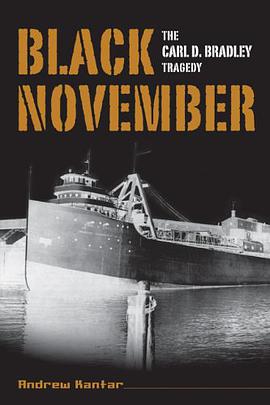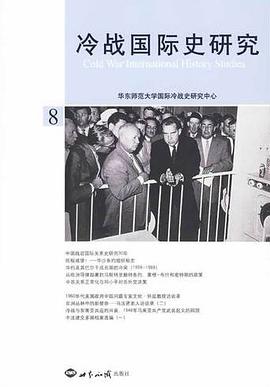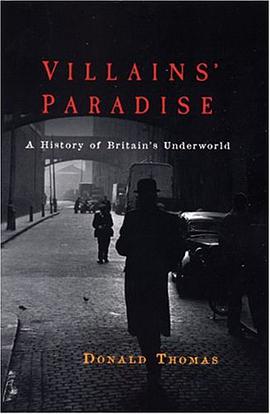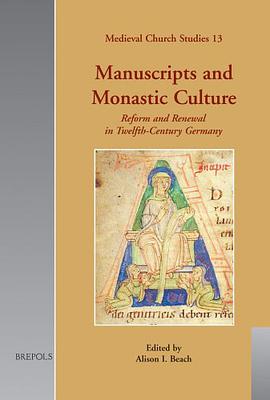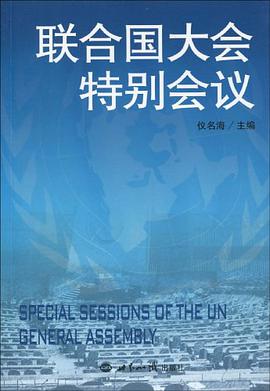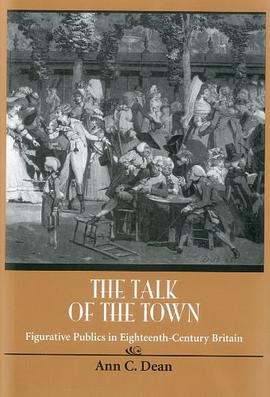

This study argues that in eighteenth-century Britain, the public sphere was a figure of speech created by juxtaposed images of more limited, local, and particular arenas of discussion. In letters, newspapers, and books, eighteenth-century British writers described the "public" qualities of three different spaces: court, coffeehouse, and meeting. Writers referred to the proliferation of these social spaces, describing multiple coffeehouses, drawing rooms, and meetings, among which the customary language of each was circulated in repeated conversations and printed newspapers.These multiple references created a set of interrelated, competing, and mutually defining metaphors and figurations: figurative public spheres. Identifying the relations between these metaphors requires work in an archive that crosses the boundaries between court, coffeehouse, and Parliament, and between manuscript and print. By following figures from one medium to another, and by examining the contexts in which they were used, it is possible to see a social imaginary emerging from the juxtapositions between them. Ann C. Dean is Associate Professor of English at the University of Southern Maine.
具體描述
讀後感
評分
評分
評分
評分
用戶評價
相關圖書
本站所有內容均為互聯網搜索引擎提供的公開搜索信息,本站不存儲任何數據與內容,任何內容與數據均與本站無關,如有需要請聯繫相關搜索引擎包括但不限於百度,google,bing,sogou 等
© 2025 qciss.net All Rights Reserved. 小哈圖書下載中心 版权所有

